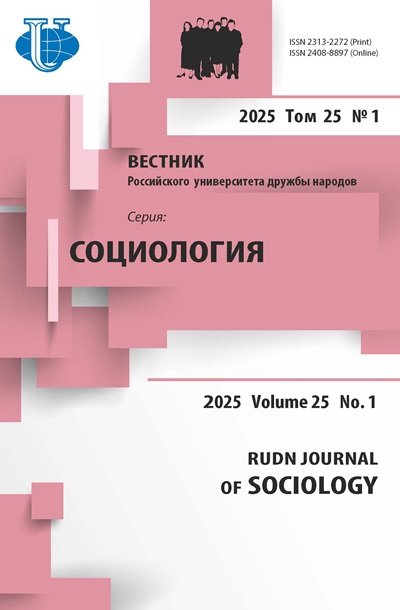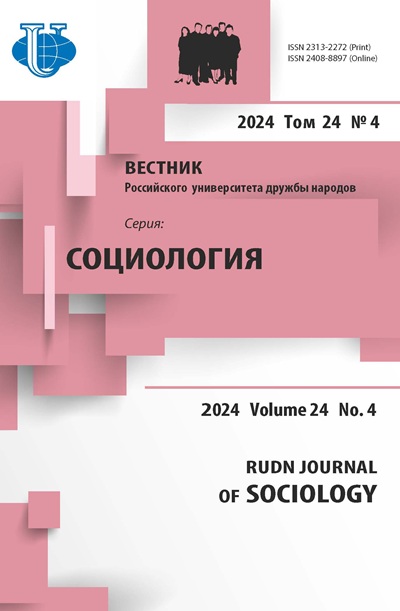Abstract
The progressive process of automobilization providing a comfortable life entails many negative consequences such as safety risks for the environment and people, limited space for physical movement in the city and traffic jams, the scale of which is constantly increasing. This range of problems determines the growing interest of social sciences and humanities in the culture of automobilization as an important element of contemporary social realities. Accordingly, there is a need for sociological tools to identify the problems of road users, their subjective assessments of the possibilities of minimizing the negative consequences of growing automobilization and of increasing the efficiency of practical solutions for improving the functioning of the urban environment. The authors’ study aimed at analyzing the attitudes of the population of a large Russian city (Krasnodar) to the risks of automobilization and at identifying the dependence of such social risks on a kind of “irrational” components of stable social representations of road users. In particular, the article presents an attempt to classify the actors of automobile traffic in the urban environment of a large regional center according to their subjective and objective features. The authors argue that today the automobile, being in essence a material part of social-economic relations, significantly influences the culture of society as a whole, contributing to the formation of certain values and norms, meanings and symbols and acting as a means of demonstrating social status and selfexpression through consumer behavior.














